Projects
Supporting innovative, cutting edge ideas, the Research Innovation Fund (RIF) provides seed grants for cross-college collaborative projects.
How do I apply?
Project Description
Media
Filters
- Project Types
- All
- Animal Health
- Aquaculture
- Automation and Robotics
- communities
- Communities/Farmers/Relations
- Computational Modeling
- Controlled Environment Agriculture
- Crop Production
- Dairy/Livestock Production
- Data Integration and Processing
- Farmers
- Farmers, Communities, Relationships
- Food Safety
- International Agriculture
- Iot and Networks
- Machine learning
- Machine Learning
- Plant Breeding
- relations
- Sensing Technology
- Soil
- Trustworthy AI
- Years
- Project Creators
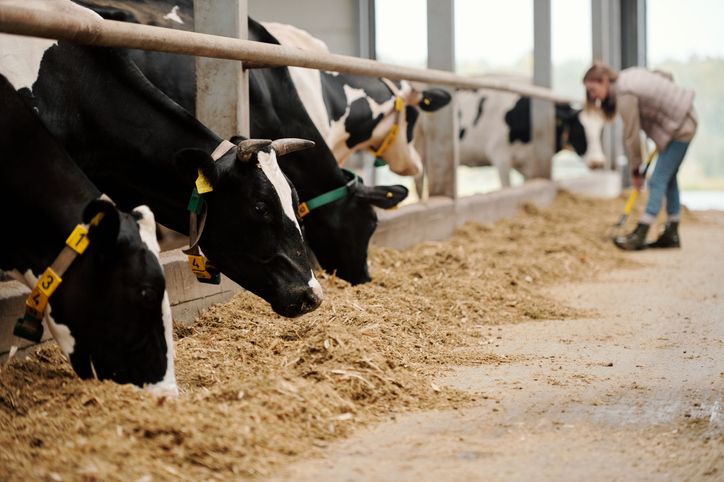
Development of Predictive Models to Accurately Detect Subclinical and Clinical Mastitis in Dairy Cows Milked with Automated Milking Systems
Inflammation of dairy cow mammary glands, or mastitis, is one of the most important diseases in dairy production. Costs related to veterinary service, labor, loss of saleable milk, reduced milk production, and culling make it one of the most costly dairy diseases. In conventional milking systems, detection of clinical mastitis (CM) is straight forward by identification of abnormal milk or a swollen quarter, but subclinical mastitis (SCM) is only identified by a somatic cell count (SCC) ≥ 200,000 cells/mL. Accurate and timely detection of SCM has the potential to improve milk quality and farm economics. We propose to develop predictive models to accurately detect clinical mastitis (CM) and subclinical mastitis (SCM) in dairy cows milked with automated milking systems. These systems automatically provide hundreds of data points from each cow at milking. We will collect quarter level data points, such as milk yield, milking time, duration between milking visits, kick-offs, incomplete milkings, and conductivity, and use them to develop an algorithm for accurate identification of cows at the onset of CM and SCM. Not only will this provide a substantial economic benefit by reducing the costs associated with mastitis, but it will also improve animal welfare. While automated milking systems are still rare in the dairy industry, there is a projected annual increase of 20 to 30% in the coming years, in part as a way of addressing the current labor challenges in the dairy industry. New York State is seen as a leader in the dairy industry both locally, regionally, and globally and development of an algorithm for accurate identification of cows with CM or SCM will keep New York State on the leading edge of adoption of agriculture technology.
Rick Watters (CVM), Kristan Reed (CALS)
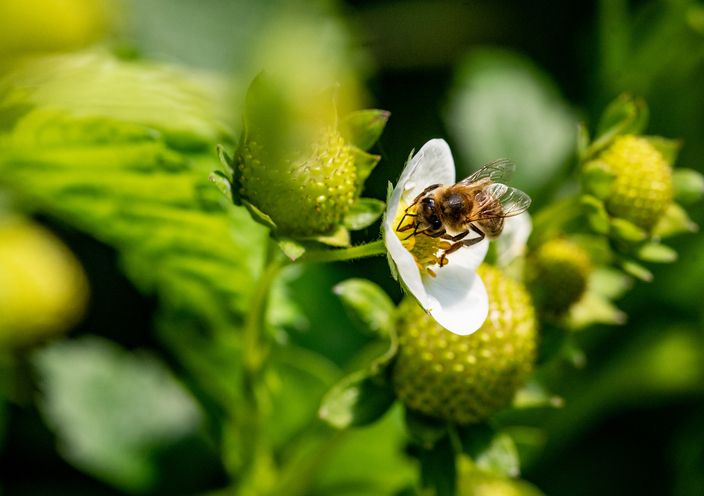
Automated Monitoring of Strawberry Pollination
The world’s food security is highly dependent on pollinators with bees being primary members of that community. Bees are declining at an alarming rate due to several factors including use of pesticides and disease. This decline has made pollination via drone an appealing alternative. Initial studies on drones’ effectiveness to pollinate strawberry plants has proved inconclusive. This work helps develop additional field experiments to validate current data as well as how this data can be employed in an open-source format. Using automated entrance monitors, solar-powered acoustic sensors, and computer programs that use the size, symmetry, and color of the strawberries to create models. The technology developed for this study can help pollinator focused researchers in the future as they explore methods for monitoring the entrance of a hive, understanding the consequences of pollinator interactions with strawberry plants, and the use of acoustic monitors in a field to measure the presence of wild bees as well as other pollinators.
Tallisker Weiss (UG-CALS); Kirstin Petersen (COE); Scott McArt (CALS)
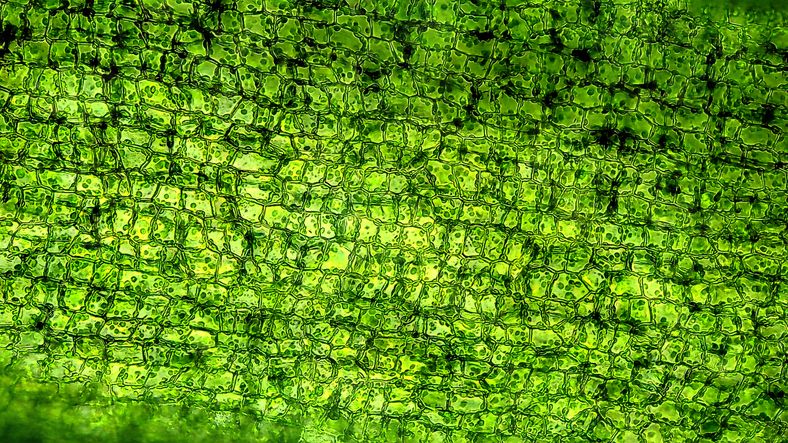
Genetically Encoded Biosensors for Plant Water Stress
Creating digital interfaces that allow plants to communicate their needs to humans and automated control systems has the potential to revolutionize agriculture. A system of sensors that can provide a dynamic readout of plant metabolic needs and state of stress is a necessary and currently missing component of this interface. Towards this end, we propose to develop genetically encoded biosensors that provide insight into plant cell stress, including stress related to water deficiency. The proposed sensors are based on a successful design that has been developed for quantifying macromolecular crowding in mammalian cells using FRET (Forster resonance energy transfer) while accounting for spectral interference from the chlorophyll. By overcoming this challenge, we hope this work will help develop sentinel “stress sensor plants” in crop fields can provide a real-time readout of water stress for precise and intelligent irrigation.
Ling-ting Huang (COE); Matt Paszek (COE); Adrienne Roeder (CALS)
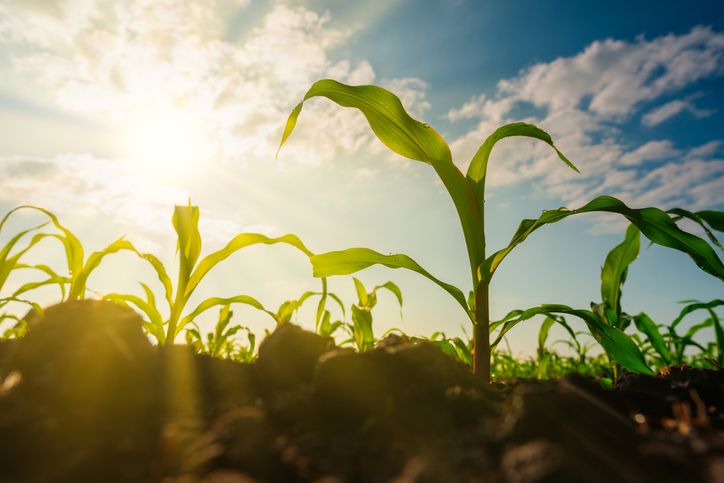
Multi-sensor Crop Monitoring Platform
This project intends to build a ground-based crop monitoring platform that can analyze crop physiology and canopy characteristics by collecting data during the growing season of maize. Several sensing technologies including a line sensor, an RGB camera, and a lidar will be equipped to the platform to help collect crop physiology data at a high frequency. This platform will be deployed on a maize field of the campus farm where researchers can obtain accurate trends of the maize growth. Currently, the platform works well in a laboratory environment but faces issues in the field due to the effect of the bright sunlight on the ability of sensors to measure crop height at high throughput. The goal is to debug and improve the existing line sensing sensor so that it works on real farms with robustness. If time permits, an automated movement, and navigation system can be added to the platform. This allows the platform to travel straight along a row of maize while collecting data on its own.
Chenxi Qian (GR-COE); Louis Longchamps (CALS); Joseph Skovira (COE)
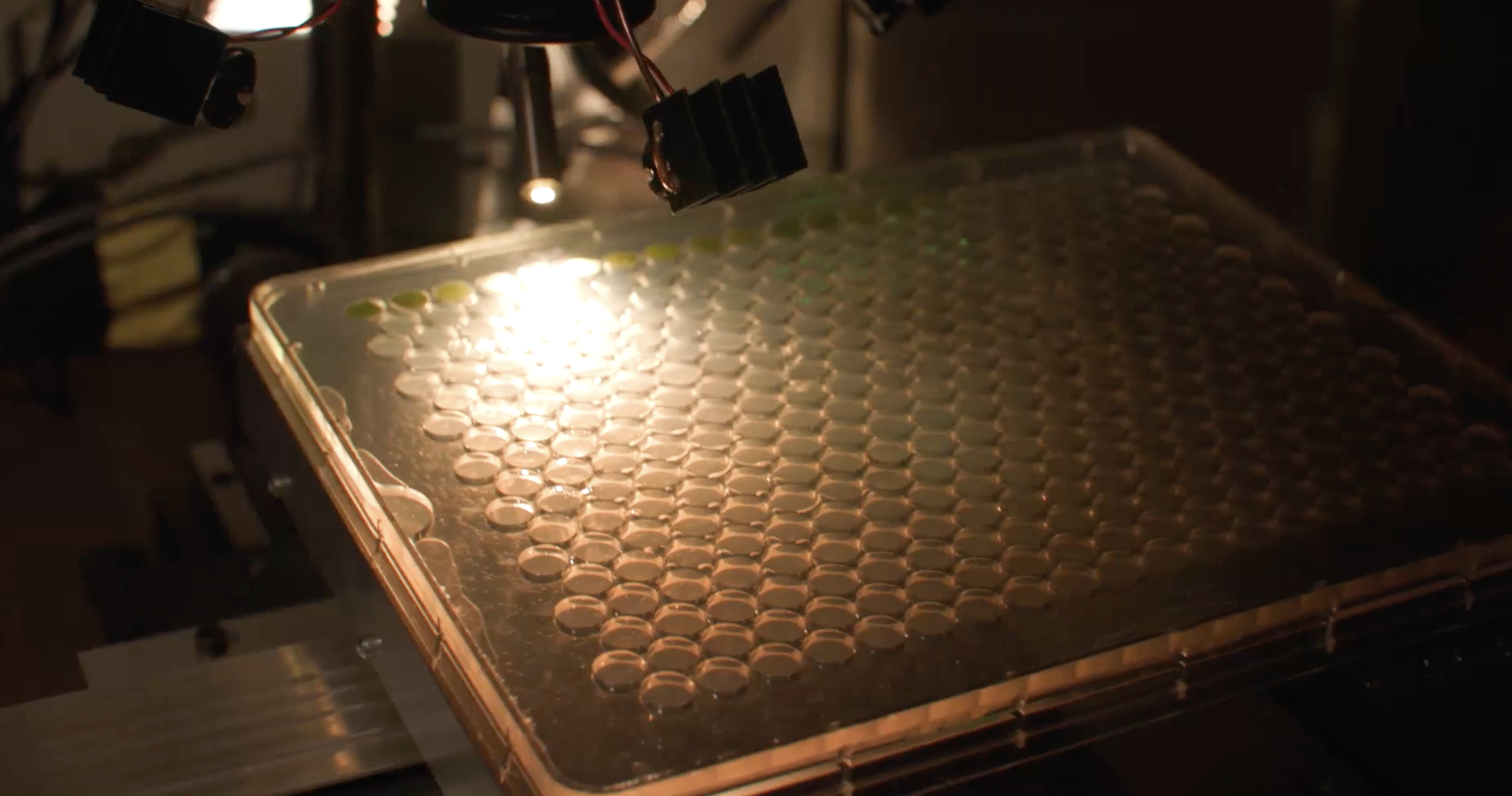
Human-Centered Hyperspectral Sensing Robot and Analysis System for Plant Stress Research and Management
Sensing, robotics, and artificial intelligence (AI) are the leading edge of a technological revolution in agriculture. Present barriers unnecessarily destroy users’ interest in technology adoption, constraining HTP and DA applications to a narrow slice of what should be a broad, if not all-encompassing stakeholder base. This project proposes to develop a human-centered hyperspectral sensing robot and analysis system that enables not only critical research experiments but also confident adoption of AI technologies for data analysis and decision recommendations, moving from highly controlled to more complex systems.
Yu Jiang (CALS), Qian Yang (CIS), Katie Gold (CALS), Hans Walter-Peterson (CALS), David Gadoury (CALS), Lance Cadle-Davidson (CALS)
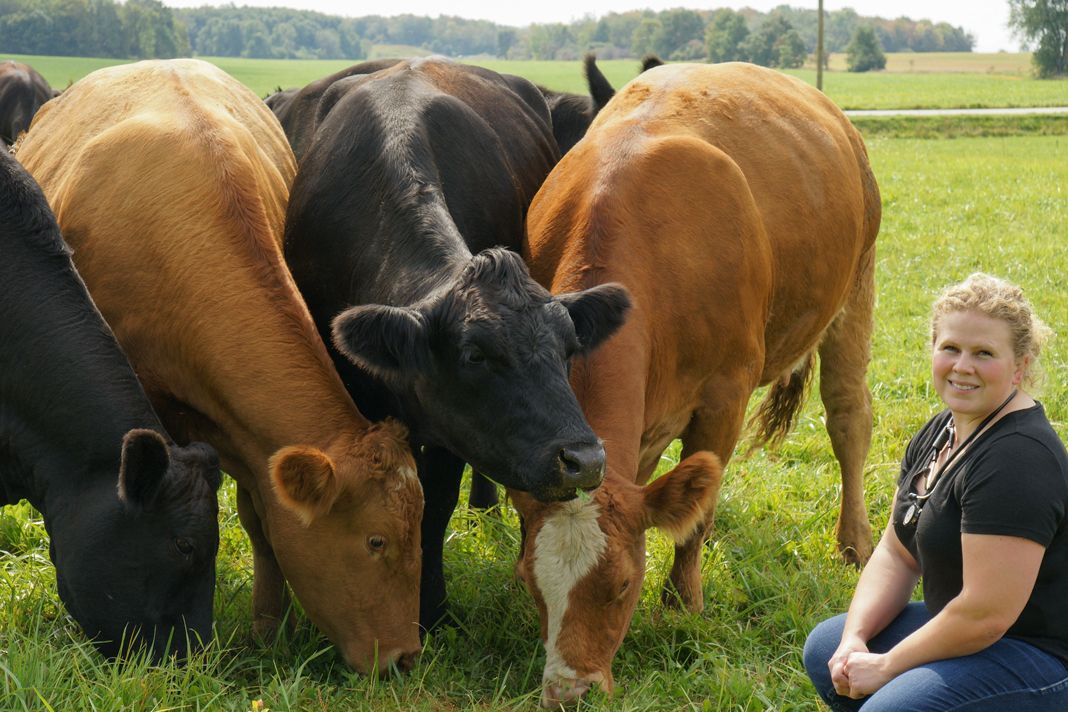
Design and development of a multimodal sensing technology to characterize and quantify changes in suckle behavior in dairy breed calves that experience pre-weaning morbidity events
There is growing interest in the use precision technologies for dairy calf management. However, there are currently few sensors commercially available and validated for use in this population. The objective of this project will be to develop novel and rugged multimodal sensors for integration with automated milk feeding stations; to measure and characterize suckle behavior including pressure sensing (pattern, duration, speed), oral contact temperature (at the point of maximum contact on the palate), and vibrations (created while breathing during suckling) in healthy and diseased pre-weaned dairy breed calves; and, to determine associations of changes in these parameters with morbidity and mortality outcomes in dairy breed calves prior to weaning. The ability to detect subtle physiological and behavioral derangement in group housed calves fed by automated milk feeders will improve early disease detection in dairy calves, inform decisions on disease intervention, monitor recovery, and improve overall calf health and welfare.
Taika von Konigslow (CVM); Tapomayukh Bhattacharjee (CIS)
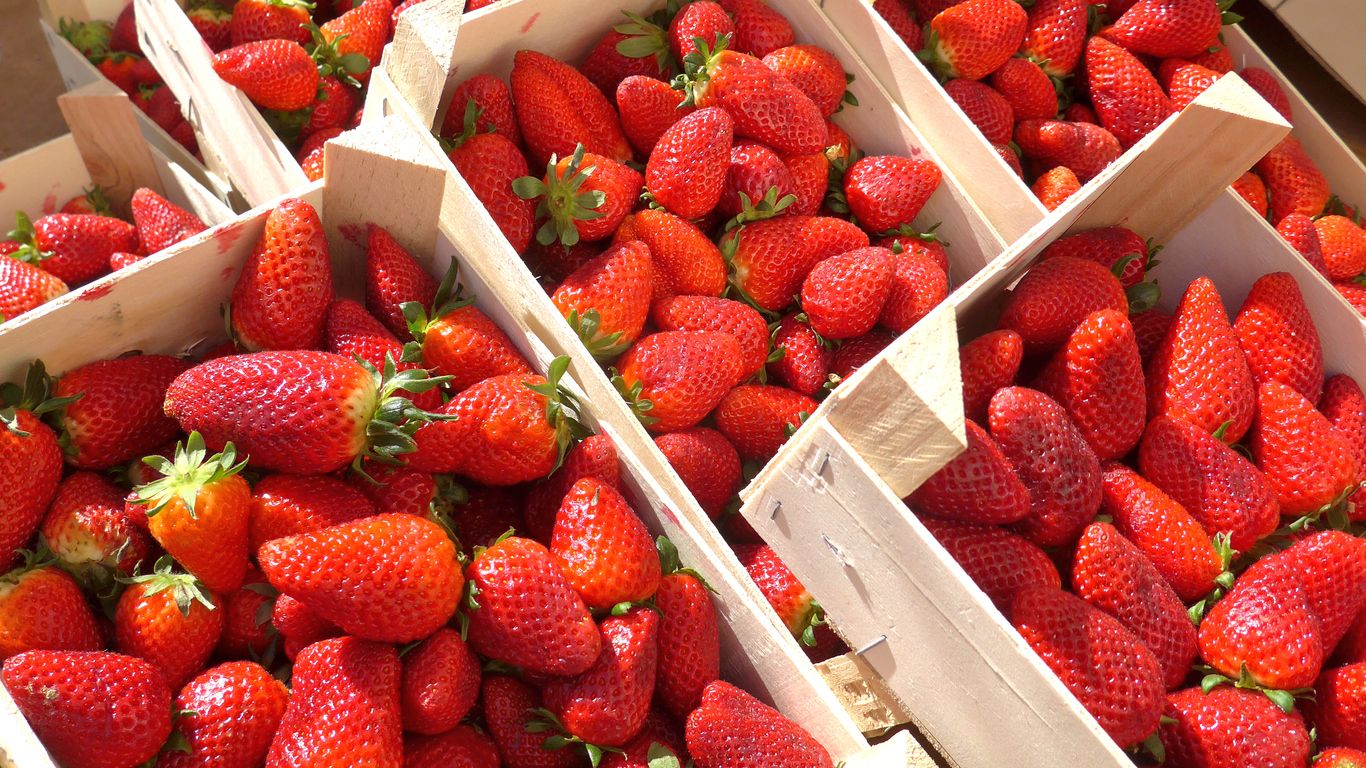
StraBot: a Soft, dexterous soft manipulator with hybrid sensing for strawberry harvesting and monitoring
Automating strawberry picking is the holy grail of agriculture. It is backbreaking work, the point at which you pick the strawberry is highly variable, and requires delicate touch when pulling. Soft robotics is a technology that has been developed over the past decade and can potentially solve this problem. Dr. Pritts is an expert in strawberry agriculture, and Dr. Shepherd is an expert in soft actuation and sensing. This work will finally explore the potential for soft robotics to solve this critical agricultural need by creating robotic manipulators that can pluck strawberries at high yield.
Rob Shepherd (COE), Marvin Pritts (CALS)

Improving strawberry yield through native and robotic pollinators
The proposed work will integrate automated monitoring of wild and managed pollinators with cutting-edge robotic pollination, laying the groundwork for a bio-hybrid system capable of observing, predicting, and improving yield in pollen-limited crops. Specific innovations include durable, low power insect camera traps, mobile end-effectors for local electrostatic pollination, rapid cross-pollination by quadcopters, and growth models conveyed to the farmer through an online app. These technologies will be validated with strawberry plants over several bloom cycles in the greenhouse, and through field experiments in a commercial farm. Short term, these technologies can be seamlessly integrated into current farm practices. Long term, they may be managed by automated schedulers to ensure optimal yield long before harvest. In a broader sense, this research opens a new frontier in precision agriculture, where robots not only have the intelligence to overcome the challenges of field deployment, but can operate as part of the natural ecosystem around crop plants.
Kirstin Petersen (COE), Scott McArt (CALS)

New soil robotics and sensing for soil-root phenotyping of water-use effectiveness
Soil, the microbiome, and plant roots represent a critical frontier in agricultural science and practice. The opacity, heterogeneity, and dynamic nature of soils have severely limited in situ studies, phenotyping, and precise interventions as part of soil and crop management. Here, we will develop two innovations to access real-time information about the availability and flow of water in the rhizosphere: 1) a sensing strategy to provide sub-millimeter resolution of water relations (potential, content, and conductance) within the rhizosphere, in situ; and 2) a soil-swimming robot to provide semi-autonomous exploration of the root zone with multiple sensing modalities. We will pursue experiments with our emerging capabilities guided by scientific questions about roots and rhizosphere to drive new approaches to field-based phenotyping and management of irrigation and fertigation. The technology will lead to improved management of grain, horticultural, ornamental and tree cropping systems. Our project emphasizes a systems-based, trans-disciplinary approach and seeks to enhance and apply new innovations and technology to include below-ground phenotyping (e.g. rhizosphere plant-soil interactions), sensor technology (e.g., real time soil water flux), robotics (e.g., spatio-temporal environmental sampling).
Taryn Bauerle (CALS), Robert Shepherd (COE), Mike Gore (CALS), Johannes Lehmann (CALS), Abe Stroock (COE)
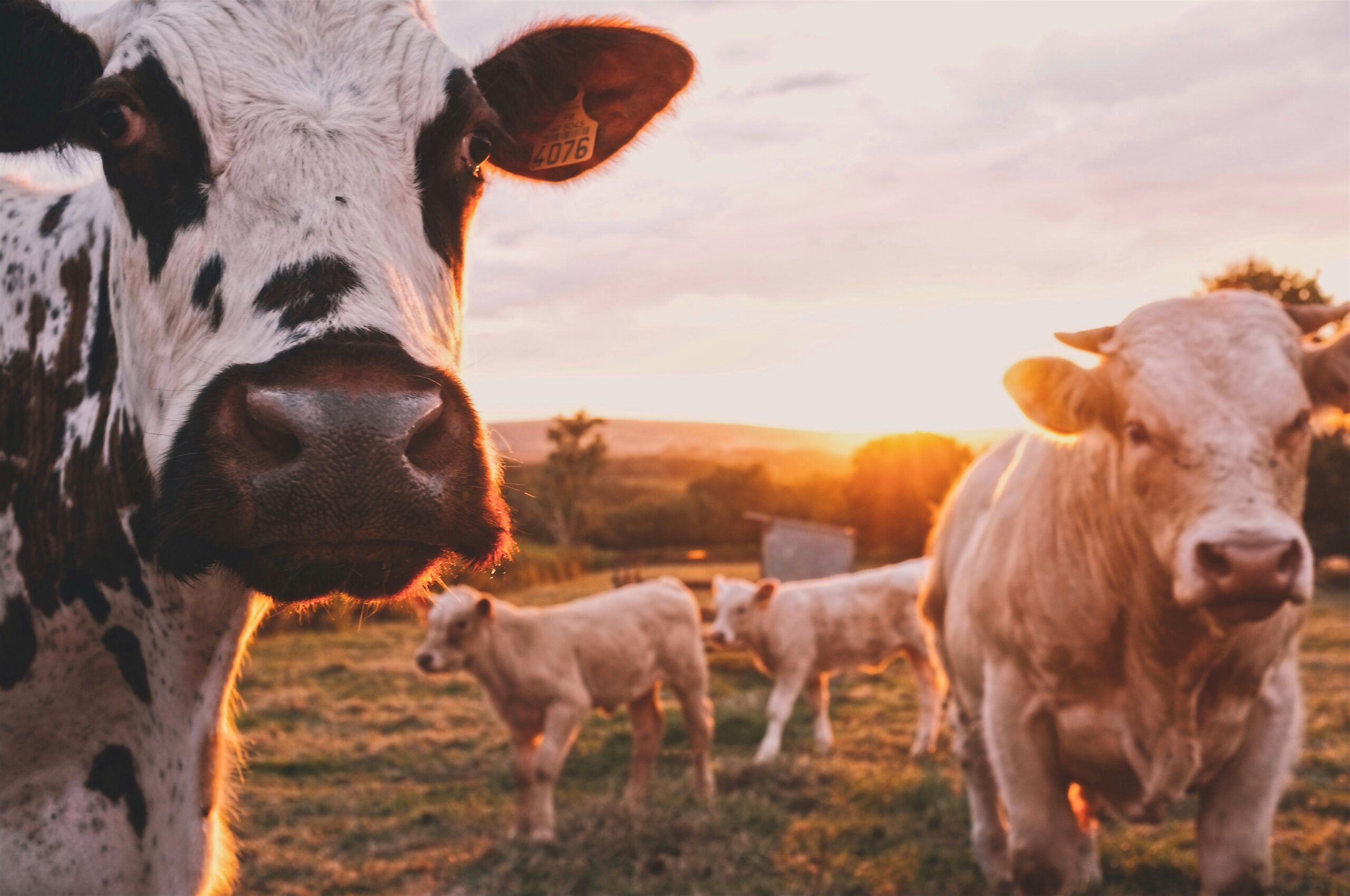
ReproPhone and e-Synch: Novel Tools to Automate and Optimize Cattle Reproductive Management
Main goals are to develop; 1) e-Synch; an intravaginal reusable device to automate synchronization of ovulation and monitor physiology of cows and 2) ReproPhone; a user-friendly, rapid, low-cost tool to determine pregnancy and ovarian status of cows on-farm. The e-Synch consists of an electronically controlled device loaded with products to synchronize ovulation and sensors to monitor cow activity and temperature. Briefly, user inserts e-Synch and selects desired treatment with a mobile app. Next, e-Synch automatically delivers hormones required for the selected protocol. Once protocol is completed, e-Synch is removed and the cow is inseminated. On the other hand, ReproPhone consists of a lateral flow immunoassay (LFIA) to quantify circulating reproductive hormones coupled with a portable imaging device connected to a mobile app. Specific activities: 1) Evaluate efficacy of e-Synch. Conduct field trials to evaluate the ability of current prototype to deliver hormones used for synchronization of ovulation. Based on initial tests we will work with Dr. Erickson’s group to improve the design and function of the device. 2) Optimize current LFIA. Currently our LFIA and reading system is designed to test plasma samples, which is not ideal for on-farm implementation, as samples need to be processed before testing. Therefore, I will work on modifying current format to measure hormones in unprocessed whole blood samples. Activities include laboratory experiments and on-farm testing.
Magdalena Masello Souza (GR- CALS), Primary Advisor: Julio Giordano (CALS), Secondary Advisor: David Erickson (COE)
- ALL
- Computational Modeling
- Data Integration and Processing
- Machine Learning
- Automation and Robotics
- Sensing Technology
- Iot and Networks
- Trustworthy AI
- Plant Breeding
- Crop Production
- Controlled Environment Agriculture
- Soil
- Dairy/Livestock Production
- Aquaculture
- Food Safety
- Animal Health
- International Agriculture
- Communities/Farmers/Relations
Become a Fellow
Stay up to Date
If you have a disability and are having trouble accessing information on this website or need materials in an alternate format, contact [email protected] for assistance.
CIDA Copyright 2023 | CIDA is an equal opportunity employer | Terms of Use | Privacy Policy